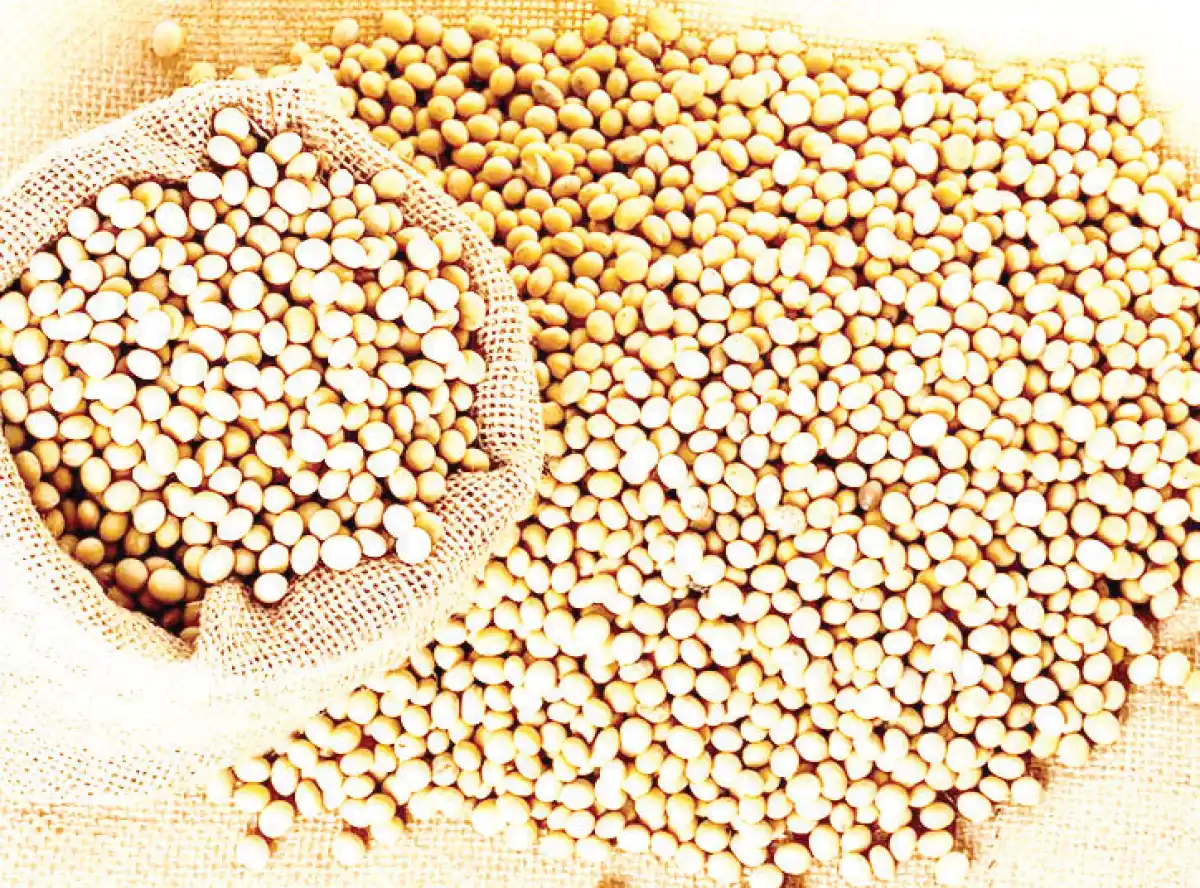
By Kingsley Jassi:
Malawi’s push to diversify its agricultural exports is encountering obstacles, studies have shown.
A study by Mwapata Institute reveals that one of the country’s cash crops, soya beans, is facing growing competition in the region.
Malawi’s soya production capacity is around 300,000 metric tonnes (mt) at peak, although in 2023, farmers only produced 245,000mt, amid the government’s aim to facilitate production increase to 1 million mt by 2030.
The study shows that the country’s processing capacity is way higher than demand volumes, which exceed 600,000mt annually, but the industry only processed 151,000mt in 2023, leaving more room for cooking oil imports.
“The total export for soya meal in the region is estimated at 360,000 tonnes but neighbouring countries with excess crushing capacity are also driving higher production levels, which could reduce the opportunity for Malawi’s regional exports.
“Soybeans have the potential to further grow forex earnings for Malawi through exports. The 2018-22 average export was more than $60.2 million in forex generated,” the report reads.
Exports of soya products include seed, soya cake and soya pieces, among others.
The country remains a net exporter of grain and cake while being a net importer of cooking oil and soya pieces, according to the research findings. Principal Secretary for Industry and Trade Christina Zakeyu told parliamentarians recently that low production of soyabeans in 2024 prompted the restriction of exports.
She disclosed that exporters could not satisfy the market they secured in China under a trade protocol signed recently,
She said only 25,000 tonnes were exported out of the secured volumes in excess of 100,000 tonnes this year.
In an interview, agriculture expert Tamani Nkhono-Mvula said continued dependency of smallholder farmers could not drive export growth.
“Smallholder farmers lack the capacity and technologies required to produce high-quality produce at competitive prices,” Nkhono-Mvula said.








0 Comments